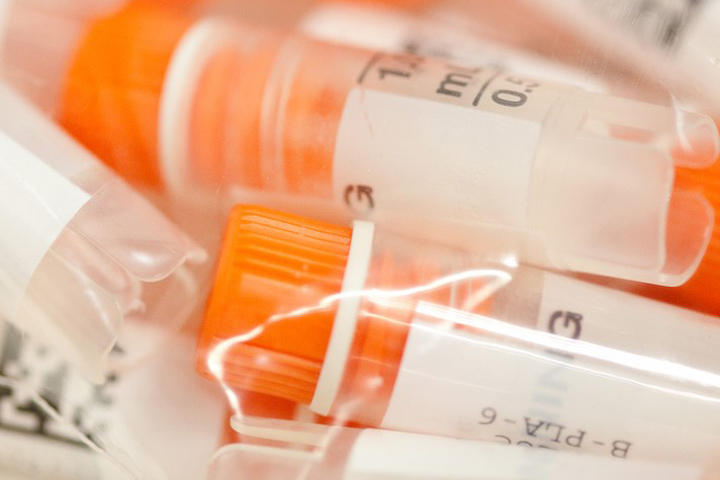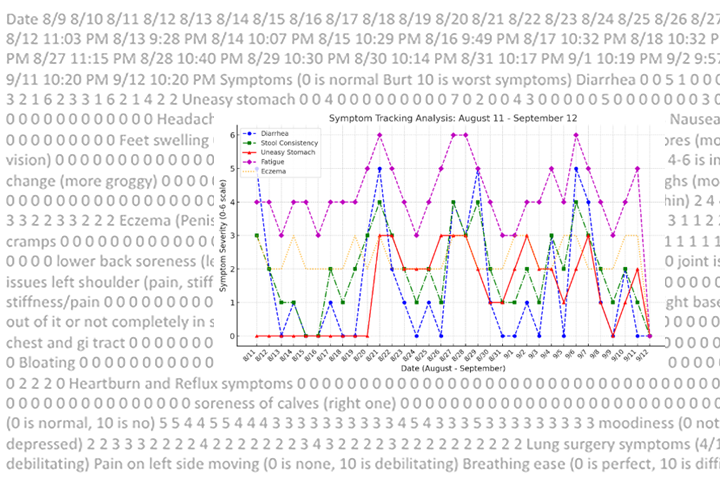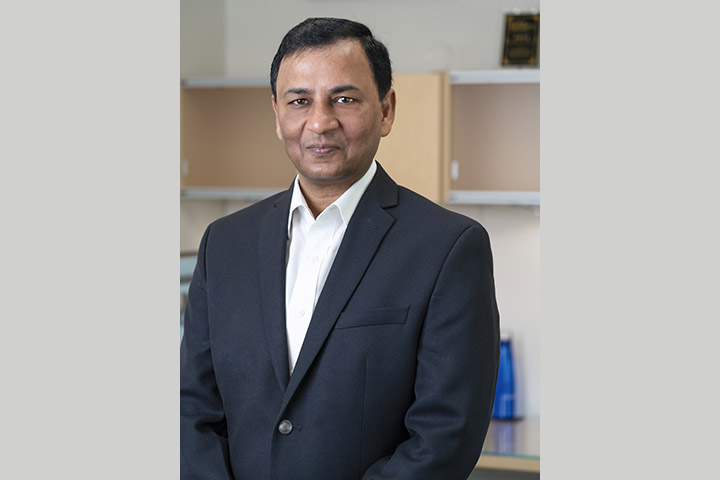Developing a Screening Test for Pancreatic Cancer

One of the reasons pancreatic cancer is so difficult to treat is because it does not produce symptoms until after it has spread. There is a great need for a test that can identify this cancer early in the disease process.
Early detection is one of the main areas of research in the lab of Dr. Anirban Maitra of the University of Texas MD Anderson Cancer Center, in Houston. “This is an important avenue. We need to make progress in treating patients before the disease spreads,” he says.
Pancreatic cancer can be seen via tests including CT scan, endoscopic ultrasound (EUS), magnetic resonance cholangiopancreatography (MRCP), and endoscopic retrograde cholangiopancreatography (ERCP). But these tests are expensive, and some are invasive. And, Maitra says, “you cannot scan everyone for the disease.”
His focus is on finding a screening test for pancreatic cancer, similar to the tests for prostate cancer or breast cancer. “Unlike these other cancers there is no simple way to screen for pancreatic cancer at this time, and there are no national guidelines,” he notes.
Current tests for pancreatic cancer are expensive and invasive. But, says Dr. Anirban Maitra, certain people are at high risk of getting pancreatic cancer, and should consider screening. This includes:
- Anyone with a family history of pancreatic cancer: two or more first-degree relatives—siblings, parents, children—who have had the disease, or relatives who have developed the disease before age 50.
- People who have pancreatic cysts. Maitra explains that while most don’t develop cancer, a small minority does.
- People (especially elderly individuals) with new-onset diabetes or suddenly uncontrolled diabetes, because recent studies have shown a very small minority (approximately 1%) of these patients might harbor a yet undiagnosed pancreatic cancer.“The thought is that the cancer is there but is not manifest,” Maitra says. Finding this cancer is important because “if found it would be small enough to be surgically removed.”
A study of people with new-onset diabetes is being funded by NCI and National Institute of Diabetes and Digestive and Kidney Diseases (NIDDK). Participants will be followed for two years. In those over age 55-60, the researchers will look for a second-level biomarker. The hope is to catch more pancreatic cancer patients in the early stages of the disease.
The goal is to develop an inexpensive test that can be done in any town and any office. “To that end we are looking for blood-based biomarkers,” Maitra explains, “substances that can be reliably and consistently measured to indicate that a specific process is occurring in the body.”
How to Find a Simple Screening Test
The key for a simple pancreatic cancer screening test will be to figure out which marker or markers to follow, he continues. As of early 2017, researchers have not identified those markers. But that is what Maitra and his collaborators at MD Anderson are focusing on—finding biomarkers that will indicate the presence of pancreatic cancer.
Early detection of pancreatic cancer is one of the flagship projects in the MD Anderson Pancreatic Cancer Moon Shot, which Maitra co-leads, and this flagship team effort is looking at different aspects of the pancreatic cancer process for possible biomarkers. The things they are looking at include:
- Proteins made by cells, to see if there is a specific protein or proteins that reliably occurs when pancreatic cancer is present
- Antibodies that indicate pancreatic cancer is being battled
- Mutant DNA from tumor cells
- Abnormal metabolites, which indicate that pancreatic cancer is active
Joining the Maitra laboratory in this search is his MD Anderson colleague Dr. Sam Hanash, whose expertise is in deciphering the network of normal and abnormal proteins in a cell (the so-called proteome; the study of this is called proteomics).
Finding Biomarkers to Make a Screening Panel
Maitra explains that a pancreatic cancer test is likely to use at least two or more different biomarkers to create a screening panel, unlike the PSA test for prostate cancer, which looks at only one biomarker. The reason, he adds, is that each biomarker has a different sensitivity and specificity. The test for pancreatic cancer needs to be both highly sensitive and specific, so that no cancer is missed, and should not produce false positives, because of the seriousness of the disease and the intense anxiety associated with suspicion of an underlying pancreatic cancer.
Maitra is looking for the “right” biomarkers in many different ways. The lab is using blood samples from many collaborating laboratories in the United States and around the world. He also notes that “We are not held down by the belief that only those biomarkers that our own researchers identify are the best ones. We are trying biomarkers that have passed some level of rigor, even if they were identified by other laboratories, in our blood samples. The overall goal is to find the best panel for early detection, irrespective of who came up with it.”
All of the potential biomarkers face off against each other in what Maitra characterizes as a “biomarker bake-off.” The biomarkers go into a testing pool, where they are studied to see which ones are most successful at detecting changes that would indicate the presence of early pancreatic cancer. The most successful biomarkers move on to the next round of testing, and are pitted against other successful biomarkers in a comparison. This process will continue on until the “best” biomarkers are left.
The goal, Maitra says, is to end up with a panel to test in thousands of patients, with an eye to developing a clinically applicable test.






